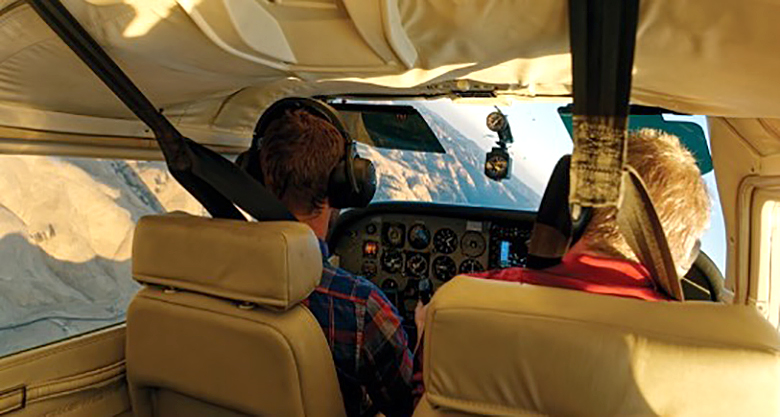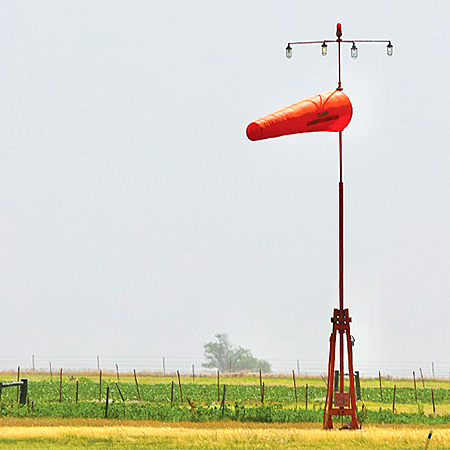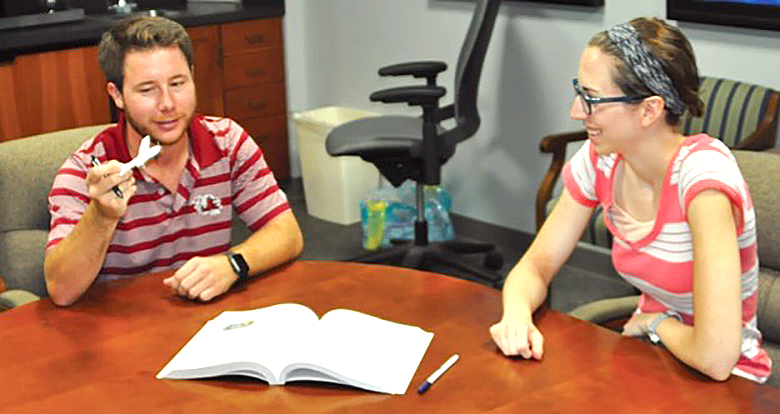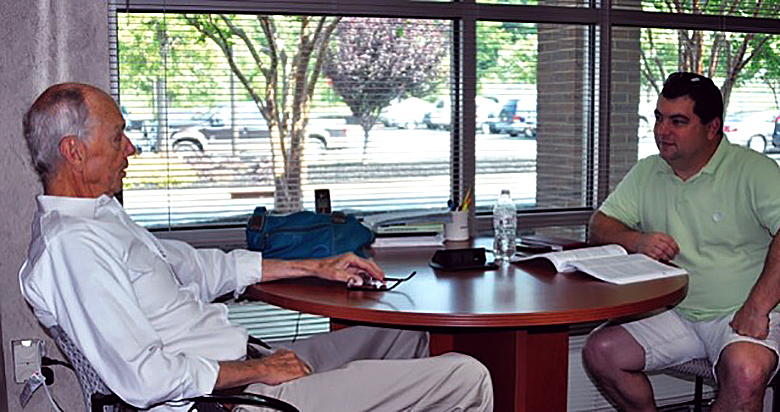Read the Room; Take the Hint
If Other Pilots Aren’t Flying, Should You Press Ahead?
By Jason Blair
FAA Designated Pilot Examiner (DPE)

The aviation community is a small world. In this environment, we each have the opportunity for positive influence on fellow pilots if we choose to use it. We particularly have a duty to influence each other in a positive way when it comes to safety. The examples we set may speak louder than words because another pilot may use our actions as a model for their own aeronautical behavior.
Too often, there are many factors pushing us forward. But that should be a signal to stop and think about the impact of our decisions, not only for ourselves and our own passengers, but also for pilots and passengers who happen to be watching us. Remember, we should never test our limitations merely to meet a perceived “need” to proceed.
The sense of external pressure often comes with hints, both subtle and explicit, that we need to carefully identify and evaluate.
Pressure Testing
The sense of external pressure often comes with hints, both subtle and explicit, that we need to carefully identify and evaluate. Safety publications often focus heavily on obvious things, like “get-there-itis,” that can arise on a family or business trip. But I have seen significant pressure mounting for other reasons as well.
https://www.youtube.com/watch?v=f57BvLLiLEw&list=PL5vHkqHi51DQdF_PXKQT7uJUPd4UzlxNS
For instance, pilots these days may feel great pressure to build flight time for an airline job or to meet requirements for a scheduled practical test (check ride). The flight training providers are being pressured to turn out more pilots and at a quicker pace to fill the demand for air carrier pilots. Flight instructors are under pressure to “get their hours” as soon as possible to be eligible for Airline Transport Pilot (ATP) certificates (restricted-ATP minimum or traditional ATP minimum requirements). In some cases, these flight instructors are being pressured by airline hiring departments to get hours however they can — and as fast as they can — to meet new-hire class date expectations.
I fear that some flight instructors are, therefore, taking students into conditions inappropriate both in terms of safety and learning effectiveness. Apart from being counterproductive as an instructional method, this practice can send a silent — but nonetheless loud and clear — message that students should push their own limits and fly in conditions that pilots without those pressures would choose to avoid.

Some training facilities already recognize this issue. One flight instructor I know observed that “we are doing too much teaching in the air and not enough on the ground just so we complete more hours in the air.” The results of this approach are predictable. A training operation in my area experienced “damage” in eight individual moments over a 10-month period. Fortunately, no one was hurt, but incident reviews indicated that flight crews, instructors, and students were all pushing to “get flights done” in conditions that were, at best, marginal for both instructional effectiveness and overall safety.
Turn Down the Heat
Regardless of the reason for the pressure to fly, train yourself to stop and consider the possible (even likely) consequences of pushing the limits. Remember that a conservative approach will more likely result in a positive outcome. Be wary of (allegedly) “no big deal” temptations. It might “just” be exceeding a crosswind limit, but you could wind up with a runway excursion and possibly damaging runway lights and your airplane. It’s better to wait for a day with crosswinds less than 75% or even 50% of the maximum demonstrated capability of the aircraft.
A pilot exercises good judgment and good aeronautical decision-making when they don’t attempt demanding maneuvers in conditions that put the desired outcome in question.
Here’s an example from a practical test I conducted not long ago. The applicant had chosen to fly on a relatively windy day. Winds were mostly down the runway in use, but there were gusts between 20–25 knots. The applicant’s power-off 180-degree accuracy approach and landing was clearly going to come up short of the designated touchdown point, potentially even short of the runway. When I had to ask the applicant to add power and either go around or transition to a normal landing, of course, my safety intervention resulted in a Notice of Disapproval for the applicant. During the debriefing, the applicant was somewhat indignant, asking whether I thought I could have done better in those conditions. My answer: “No. I wouldn’t have even tried today.”

Look Around!
I’m still not sure the applicant fully grasped the meaning of my response, but my point was simple. A pilot exercises good judgment and good aeronautical decision-making when they don’t attempt demanding maneuvers in conditions that put the desired outcome in question. I might also note that this particular applicant had also failed to take other hints I had offered. First, before I traveled to the applicant’s location, I queried whether we were going to proceed with the test in the forecasted conditions. Second, the applicant might have noticed that I arrived by car rather than by airplane, because I had concerns that conditions would be beyond my comfort zone for flying.
You’ve heard about “reading the room” when you arrive at a business or social function. For flying, always remember to “read” the environment … and don’t forget to peruse the fine print.
Hints don’t just come from instructors or examiners. A pilot friend recently told me how an instructor from his airport had taken family members for a “fun” flight on a day when he and I had both chosen to stay on the ground. Flight conditions that day included winds already over 20 knots and forecasted to be beyond 35 knots by the time they expected to land. As my friend noted, “Why do I keep seeing a few people flying on days when most pilots I know stay on the ground?”
My friend decided to ask the instructor in question about what led him to a “go” decision. The answer? Family members were only in town for that one day and conditions were “technically VFR.” Neither seemed like a good answer in the after-action evaluation of the decision chain. Did the instructor fail to notice that no other light GA aircraft were flying that day, either at that airport or at any nearby airports? For a safety-minded pilot, that fact should give you a strong hint that it’s a good day to stay on the ground.

Humility goes a long way when it comes to safety. None of us are super pilots who can fly through anything. Many people who have been regarded as super pilots before us have met untimely ends when they pushed their own limits. We all need to take hints and think critically about mitigating risk for others and ourselves in our flying activities. You’ve heard about “reading the room” when you arrive at a business or social function. For flying, always remember to “read” the environment … and don’t forget to peruse the fine print.
Jason Blair is a flight instructor and FAA designated pilot examiner (DPE) actively engaged in training and testing pilots in single- and multi-engine airplanes in both general aviation and commercial pilot training environments. He has been a DPE since 2007 and actively flies his 1947 Stinson.
Reprinted with permission from FAA Safety Briefing. Visit the Flight Safety Briefing website: https://www.faa.gov/news/safety_briefing/



